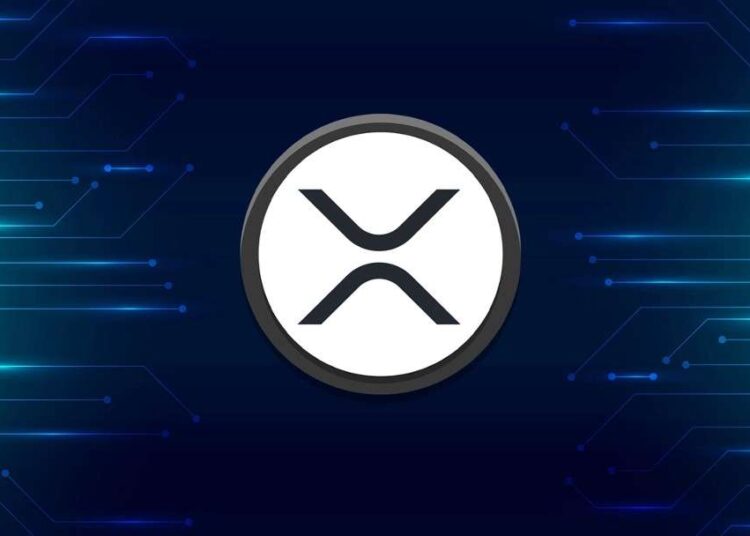- The XRPScan, a toolkit associated with the XRPL has gotten a major update.
- This update is billed to bolster immense functionality to drive developers into the XRPL ecosystem.
Ripple Lab’s XRP Ledger (XRPL) has come up with a new and improved developer portal dubbed the XRPSCAN API platform.
The XRPScan API Intrigue
The platform was specifically launched by the XRPL transaction scanner which permits real-time monitoring and analysis of XRP on the ledger. According to the published documentation, the XRPSCAN API platform is a significant improvement in the XRPL transaction scanner.
The launch of this platform is likely to trigger another level of innovation on XRPL. It presents developers with a more streamlined and user-friendly experience as well as comprehensive documentation that provides access to the XRPL functionalities. Ripple is positive that this will attract developers across different ecosystems who would be willing to test the new innovation is just unveiled.
Markedly, the platform leverages a comprehensive toolset to provide a set of powerful REST APIs designed for ease of use and developer productivity. In the meantime, the only and latest version of API supported by the platform is v1. According to its design, this version can deliver a consistent and streamlined developer experience.
As such, all resources are referenced in relation to the root endpoint (https://api.xrpscan.com/api/v1) and this demonstrates the groundwork for smooth integration and development.
The documentation also confirmed that the XRPSCAN API service offers a range of endpoints encompassing both public and private use cases. But at the same time, it is worth noting that only the endpoints particularly documented in the developer portal are intended for public use.
Developers who intend to connect with the XRP Ledger through the XRPSCAN API service can use the public endpoints as their starting point. Beyond enhancing their connection with XRPL, these endpoints hold several advantages including real-time transaction monitoring, account information retrieval, ledger data security, and much more.
Private endpoints, on the other hand, are set apart for internal purposes within the API service. Some other times, they are used for specific activities that require restricted access.
Generally, it is expected that as more developers engage with the new platform, there would be a ripple effect on the proliferation of applications. Most of these potential applications will be designed to transform different industries and facilitate global financial inclusion.
XRPL Offers Several Benefits to Developers
XRPL on its own has been performing well. Since its introduction, XRPL has been touted as a superior blockchain.
In 2020, Ripple‘s Chief Technology Officer (CTO), David Schwartz released a paper titled “Beyond Proof of Work: the XRPL Consensus Solution” to expantiate on the benefits of the platform. This document was written in comparison to the Proof-of-Work algorithm on which Bitcoin (BTC) and the old Ethereum (ETH) blockchains operates at the time.
Schwartz opined that XRPL offers a better solution to the problem of double-spending and the problem of unintentional forking amongst other advantages. From that time till now, XRPL has continued to hit several milestones including the introduction of Non-Fungible Tokens (NFTs) to the XRPL network.
Crypto News Flash does not endorse and is not responsible for or liable for any content, accuracy, quality, advertising, products, or other materials on this page. Readers should do their own research before taking any actions related to cryptocurrencies. Crypto News Flash is not responsible, directly or indirectly, for any damage or loss caused or alleged to be caused by or in connection with the use of or reliance on any content, goods, or services mentioned.
Credit: Source link













































